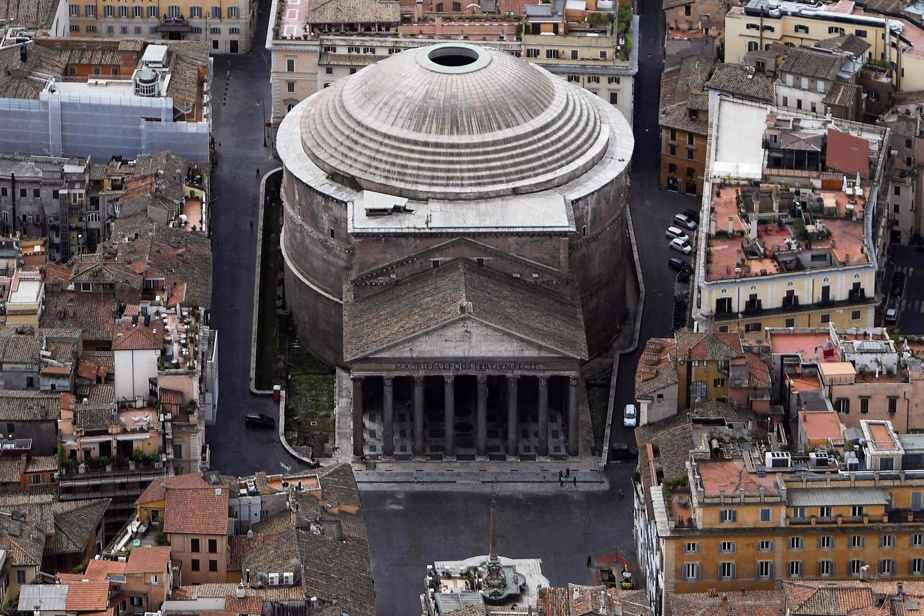(Rome) The entrance to the Pantheon, a monument symbol of ancient Rome and the most visited site in Italy, will become paying, announced Thursday the Italian Ministry of Culture.
It is a decision “based on common sense: to introduce a low-cost entrance ticket for the most visited cultural site in Italy”, said Minister of Culture Gennaro Sangiuliano, quoted in a press release, without specifying the exact date of entry into force of this measure.
The price of the ticket, which has not yet been fixed, will be a maximum amount of 5 euros.
This announcement did not arouse great enthusiasm among tourists interviewed by AFP on the forecourt of the Pantheon. “If it had paid off, it’s very simple, we wouldn’t have come back,” says Clara Dupond, a 21-year-old Frenchwoman.
Alessandra Mezzasalma, a 46-year-old tour guide, finds it “a shame”. “Historical monuments are public goods and they must remain open to everyone,” she said. “Making culture pay is making it less inclusive,” adds Juliana Nowak, a 29-year-old Polish woman.
On the other hand, for Gustavo Rojas, a 37-year-old Chilean, “charging the entrance to a building like the Pantheon makes sense”. “From a conservation point of view, it takes money,” he explains.
Roger Gracias, a 32-year-old Spaniard, agrees: “If the money is for conservation, for people in the neighborhood who suffer from mass tourism, then why not.”
Proceeds from admissions to the monument, which is also a church, will be shared between the Ministry of Culture (70%) and the Diocese of Rome (30%). The proceeds will be mainly devoted to the maintenance and restoration of the 2000-year-old building, argued the minister.
Admission will remain free for minors and those accompanying school groups as well as for residents of the Eternal City.
Entrance to almost all churches in Rome has so far been free, including St. Peter’s Basilica, located within the Vatican walls.
The Pantheon, built by order of Agrippa in the 1st century BC. AD, was damaged by several fires and completely rebuilt under Hadrian in the early 2nd century.
Originally, the Pantheon, which boasts the largest dome of antiquity (43 meters in diameter), was a temple dedicated to all ancient deities. It was converted into a church in the 7th century by Pope Boniface IV. It houses the remains of several Italian kings and the painter Raphael (1483-1520).















